Carnac is a town in Brittany, northwest France. It’s best known for the Carnac stones, thousands of prehistoric standing stones spread across three alignments: Ménec, Kermario and Kerlescan. Nearby, the Saint-Michel tumulus is a...
Read moreCarnac is a town in Brittany, northwest France. It’s best known for the Carnac stones, thousands of prehistoric standing stones spread across three alignments: Ménec, Kermario and Kerlescan. Nearby, the Saint-Michel tumulus is a millennia-old...
 Ready to plan your trip to Carnac?
Ready to plan your trip to Carnac?

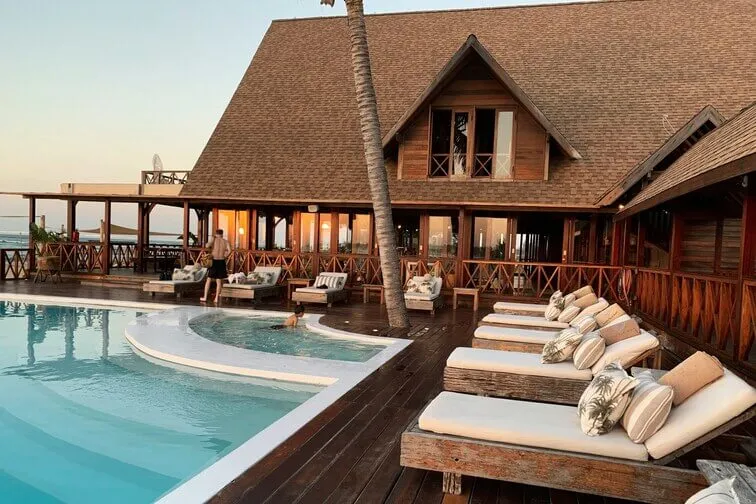

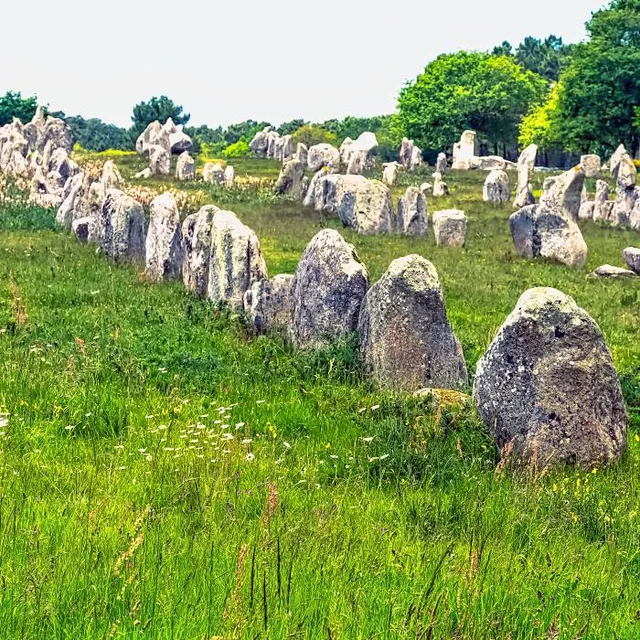
Alignements de Carnac
4.4
(8.3K)
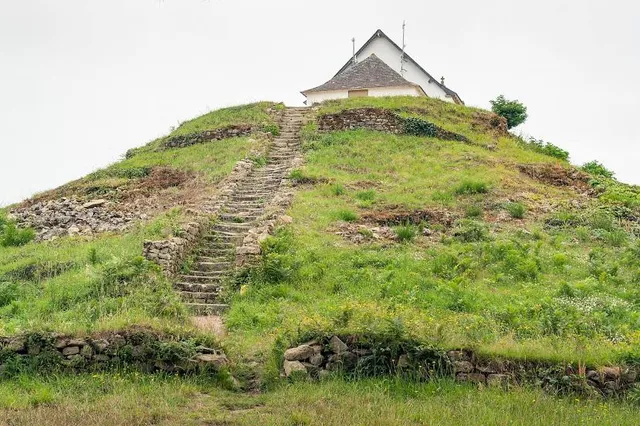
Saint-Michel tumulus
4.3
(1.3K)

Plage de Saint-Colomban
4.5
(893)

prehistoric museum
4.2
(698)
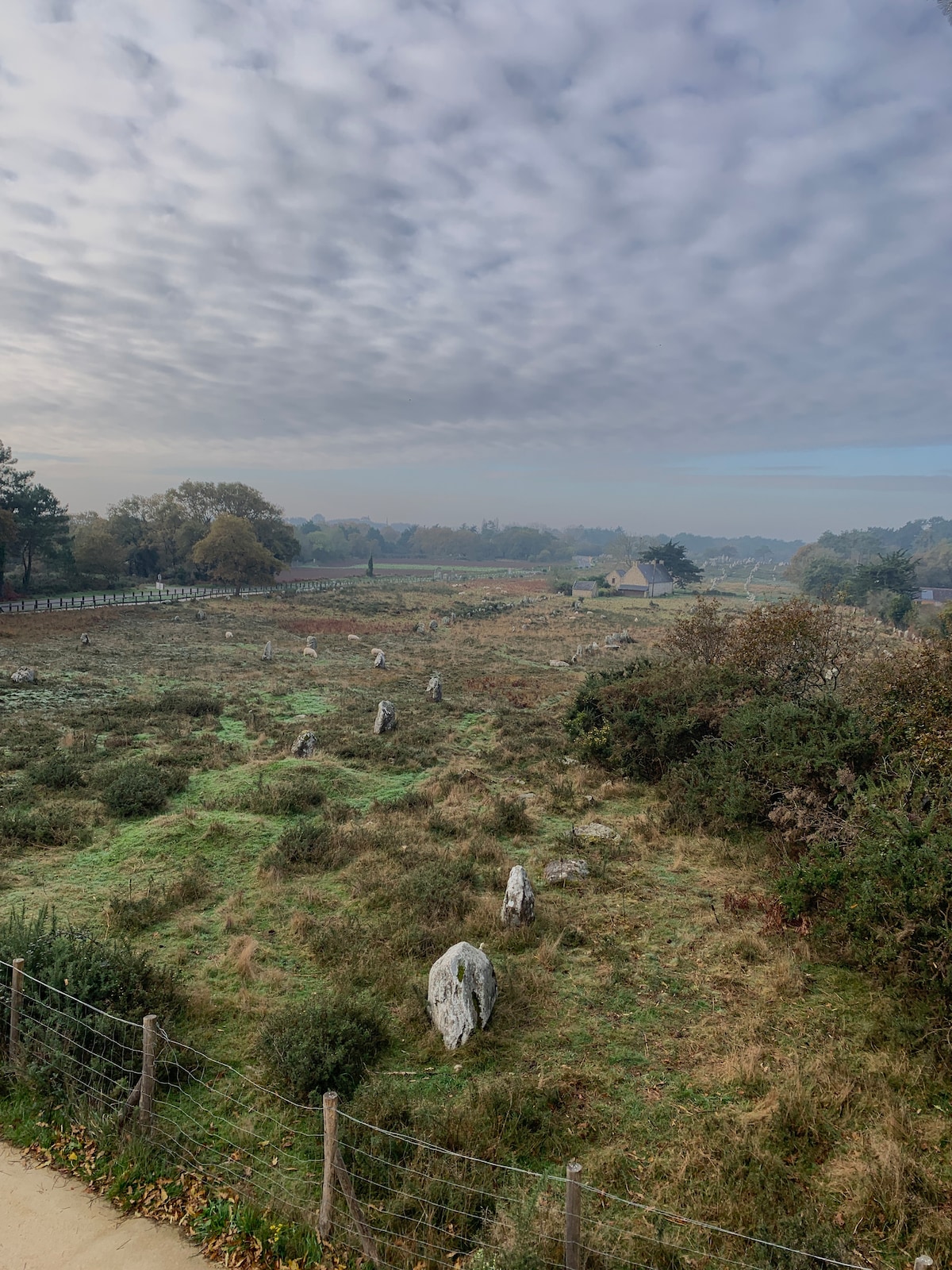
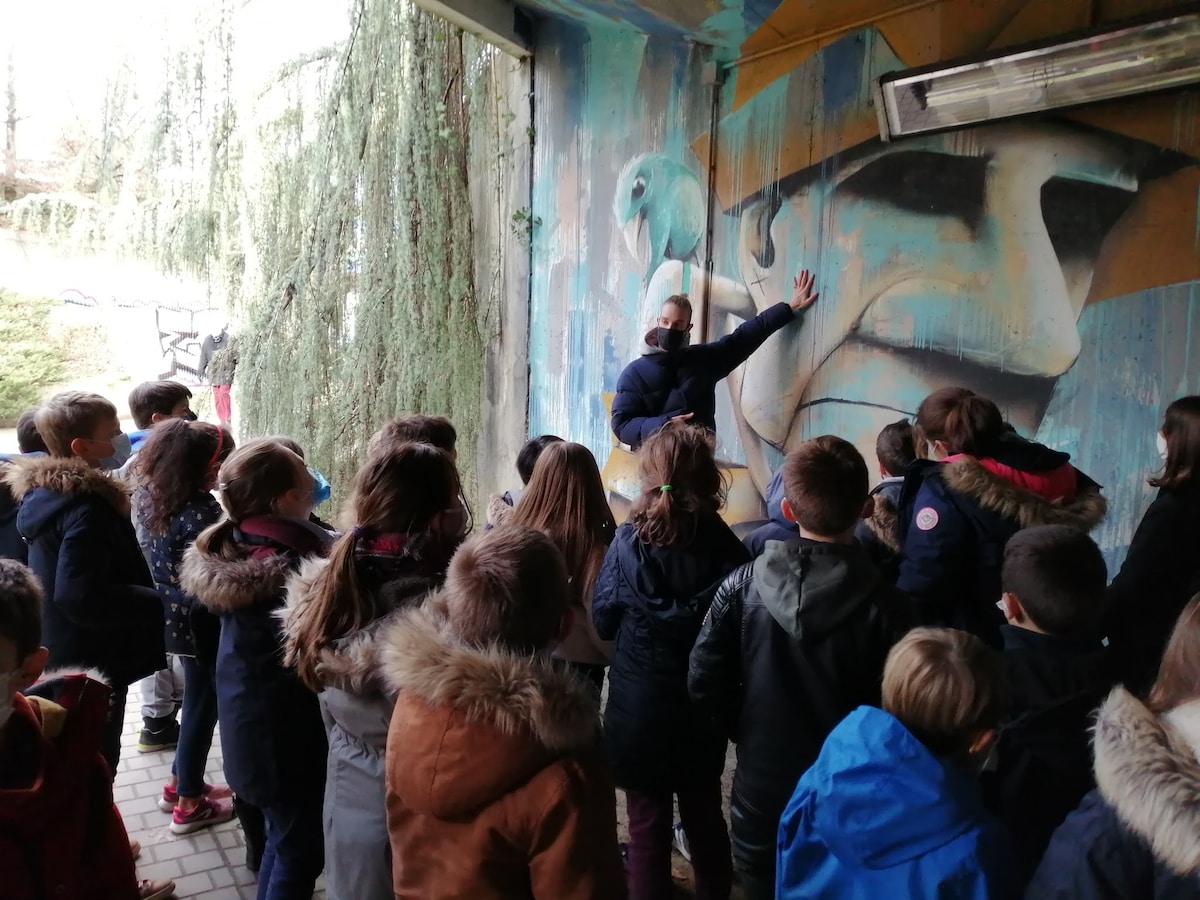
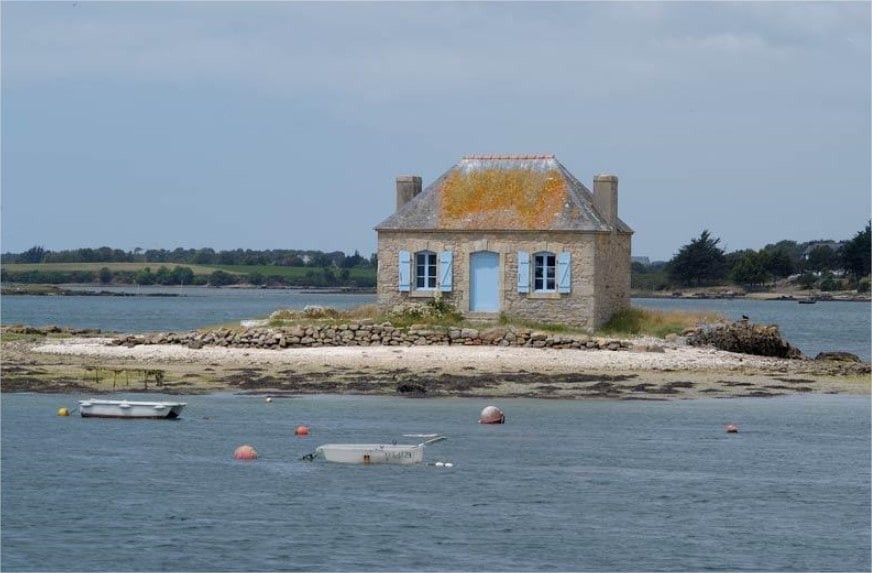

La Poêle à Crêpes
4.5
(1.3K)
$$
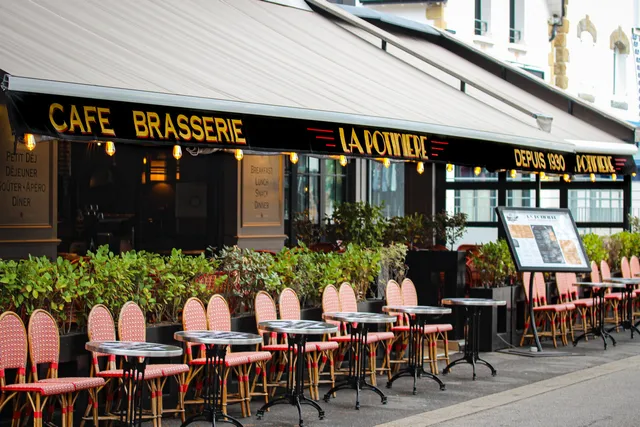
La Potinière
4.4
(1.3K)
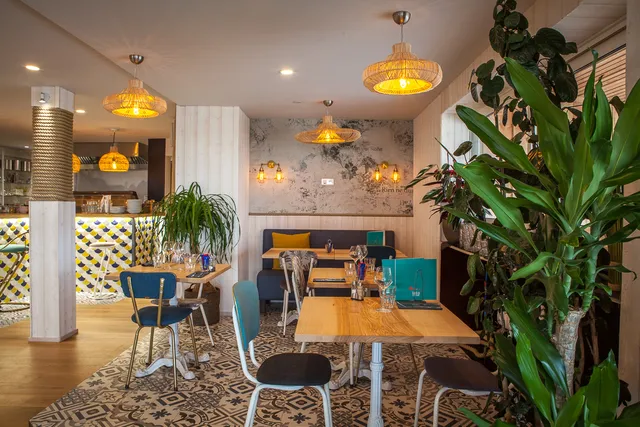
Lulu à la Plage
3.9
(877)
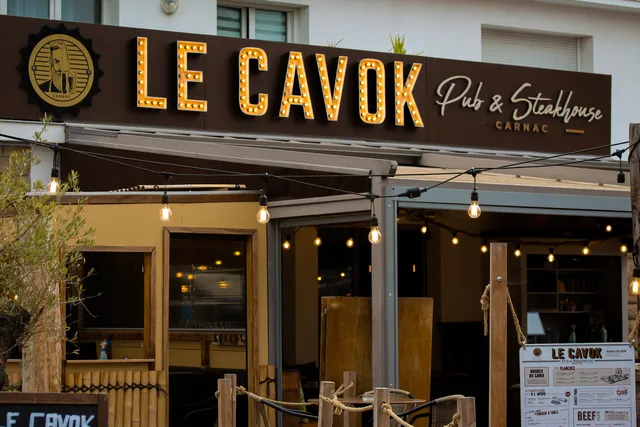
Le Cavok
4.2
(780)